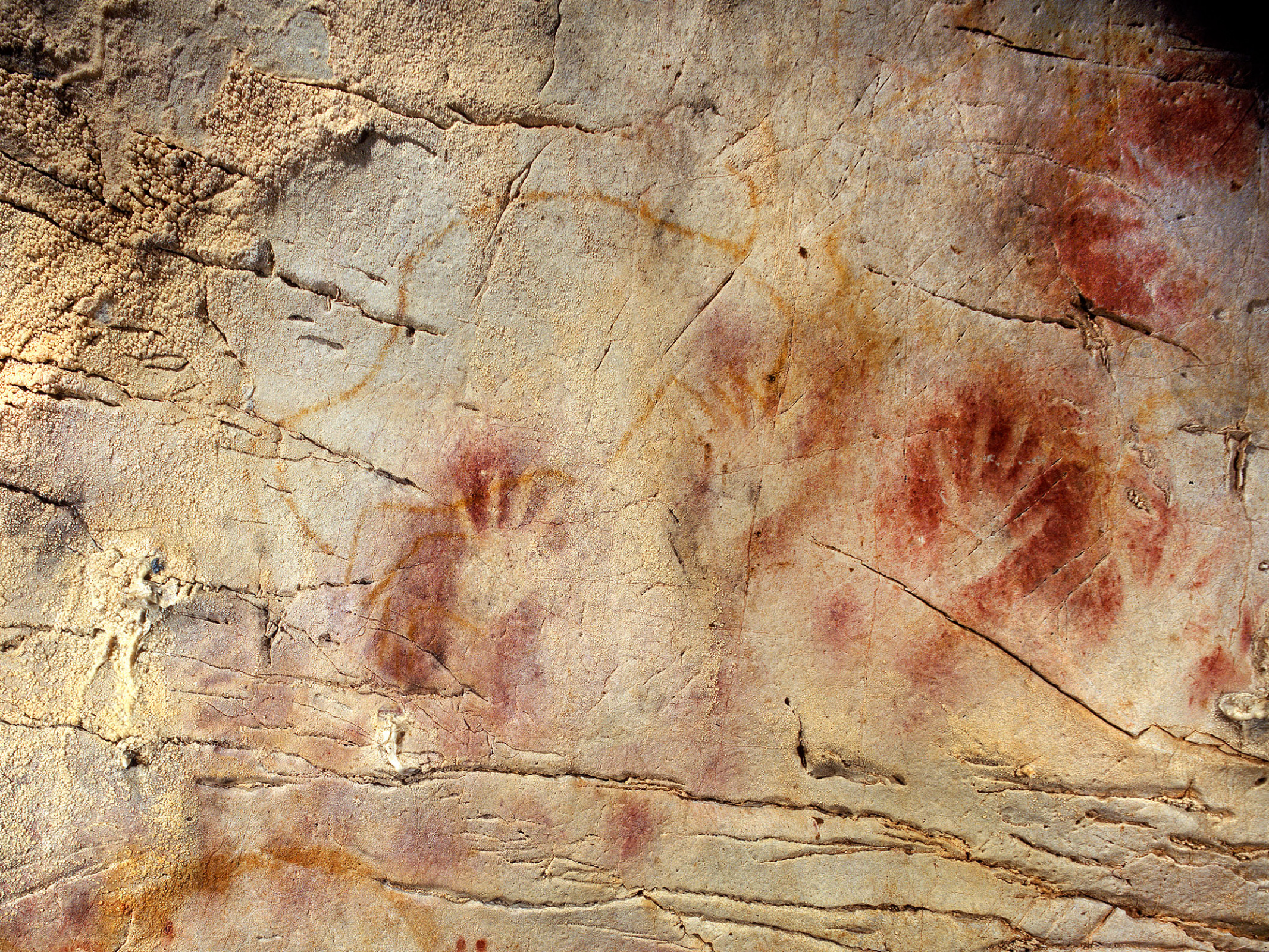Erwin Panofsky, Perspective as Symbolic Form, trans. Christopher S. Wood (New York: Zone Books, 1991).
William M. Ivins Jr., On the Rationalization of Sight with an Examination of Three Renaissance Texts on Perspective (New York: Metropolitan Museum of Art, 1938).
Hito Steyerl, "In Free Fall: A Thought Experiment on Vertical Perspective," e-flux journal 24 (April, 2011), ➝.
Leon Battista Alberti, On Painting and On Sculpture: The Latin texts of De Pictura and De Statua, trans. Cecil Grayson (London: Phaidon, 1972).
See ➝.
John Culkin, “A Schoolman’s Guide to Marshall McLuhan,” The Saturday Review (March 18, 1967), ➝.
Architecture and Representation is a collaboration between Het Nieuwe Instituut, The Berlage, and e-flux Architecture.
